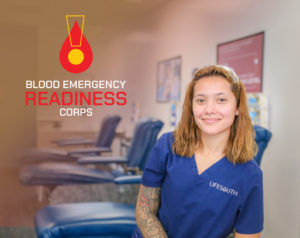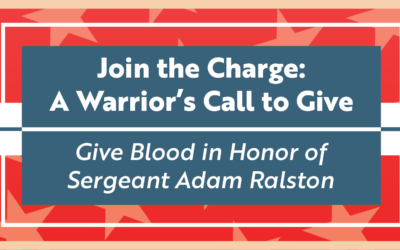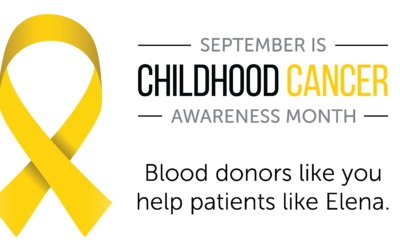 Facing an increasingly unsteady blood supply, LifeSouth Community Blood Centers has helped found a first-in-the-nation partnership to prepare for emergency situations where blood needs are high.
Facing an increasingly unsteady blood supply, LifeSouth Community Blood Centers has helped found a first-in-the-nation partnership to prepare for emergency situations where blood needs are high.
As part of the Blood Emergency Readiness Corps (BERC), LifeSouth joins blood centers across the country to an on-call rotation. If a large-scale crisis occurs, such as a shooting or natural disaster, during the time LifeSouth is on-call, they will send blood to that location to help the local blood center provide hospitals treating victims. BERC members helped during the recent school shooting in Michigan and the devastating tornadoes that struck the South and Midwest.
“COVID exposed the reality that our national blood supply is unstable when there is catastrophic need,” said Kimberly Kinsell, CEO of LifeSouth Community Blood Centers. “In the face of disaster, BERC will provide a safety net securing the blood necessary for immediate transfusion need. BERC provides a ready-to-go supply of blood allowing us to be proactive in our disaster response efforts.”
The nation’s blood centers have faced widespread blood shortages in recent months, creating a severely strained national safety net for mass traumas and other high casualty disasters. As one of the state’s primary blood suppliers, LifeSouth Community Blood Center helps BERC to be proactive in its emergency planning, rather than rely on an increasingly unstable back-up supply plan.
When faced with a mass-need event, Kinsell said, blood centers across the country have relied on patchwork pleas for additional blood resources. States that had extra blood on hand might send units, but there was nothing that a blood center could count on other than undefined goodwill. With BERC, partner blood centers will know exactly how much emergency blood is available and where it will come from.
LifeSouth will be collecting extra blood donations as part of its on-call schedule. Drive coordinators and donors will be asked to step up to a higher calling of guardianship to cover possible coast to coast needs. If no emergency situation arises, the blood will be returned to LifeSouth’s general inventory, to be used for local blood needs. Participating centers will rotate inventory coverage, starting on a three-week cycle.



